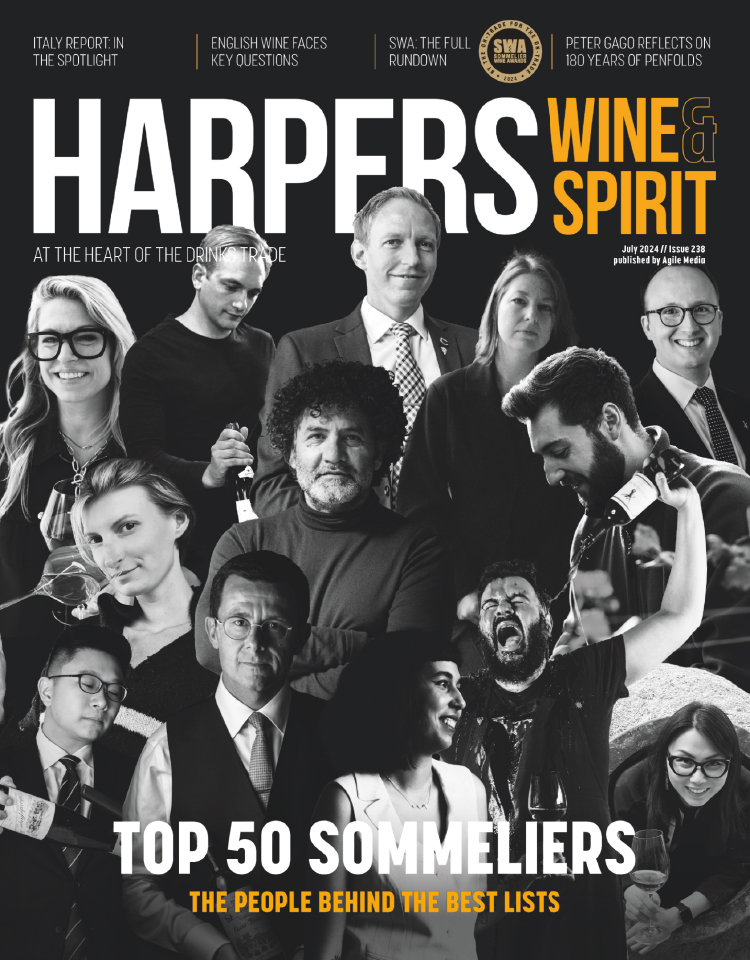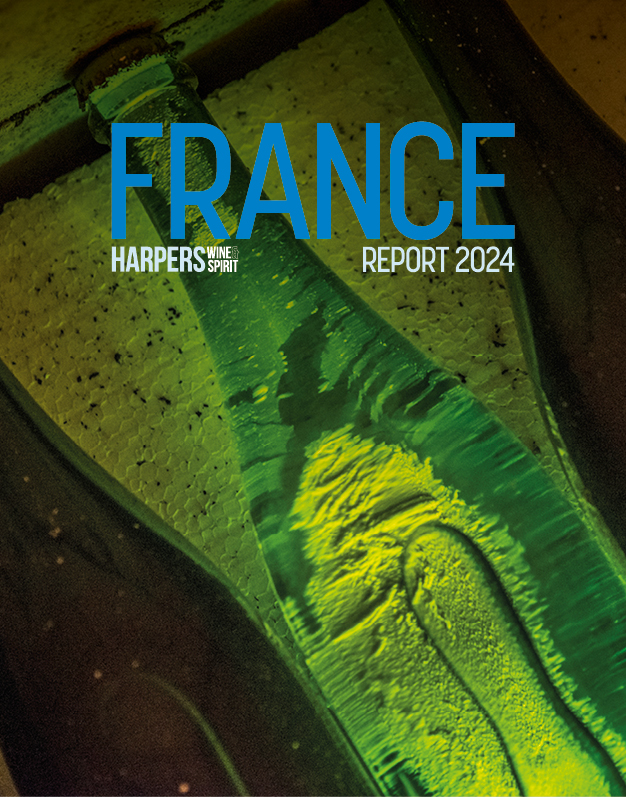Wines in the press, February 24-26
The Guardian
Barely a week goes by without some commemorative day or week to celebrate, and now there's Carignan Day, on the Februrary 29, says Fiona Beckett.
In the Languedoc, the grape is usually blended with others such as Grenache, Syrah and Mourvèdre, but for Beckett the most interesting Carignans come from the Maule Valley in Chile, where Vigno, a group of producers, has banded together to promote the variety. Beckett recommends Garage Wine Co's Field Blend Old Vine Carignan Lot #27 2010 (£21.99, Wild Ferment, Canterbury). Beckett says she had a bit of a rant about Fairtrade wines last year, but they seem to have improved, particularly at the Co-op. She advises taking advantage of the store's promotions next week for the start of Fairtrade Fortnight, try Co-operative Fairtrade 2011 Bonarda Shiraz (£4.99), from the La Riojana cooperative in Argentina. Plus the "lush" Fairtrade Carmenère (down to £4.99), from Fairhills in Chile.
The Mail
Olly Smith once described Cabernet Sauvignon as being the rhinoceros of grape varieties - thick-skinned and powerful. It's certainly an enduring grape variety with commanding iconic status the world over, he adds. But is it really all that special? Thanks to its structure and natural acidity, it's blessed with the capacity for long ageing, and has played a major role as part of the blend in France's Bordeaux, with famous names like Château Margaux and Château Mouton-Rothschild, which command stellar prices. Of course there are places outside Bordeaux that have built solid reputations for fine Cabernet Sauvignon, such as Australia's Coonawarra and New Zealand's Gimblett Gravels. But be warned, says Smith, too often so-called iconic wines made of Cabernet Sauvignon from elsewhere in hot climates are so intensely flavoured and high in alcohol, they can taste less like wine and more like boiled liquorice. He advises that wherever possible, make sure you taste before you buy. But can Cabernet Sauvignon ever be good value as well as great wine? It certainly can, he says. He recommends South African Vredenhof 2011 (£6.99, Waitrose). Embrace Cabernet Sauvignon also as a team-playing grape, whether it's giving structure to Bordeaux blends, juicing up smokey Shiraz-Cabernet blends in Australia or bolstering the so-called Italian Super Tuscans.
Financial Times
Two weeks ago, Jancis Robinosn MW, came across the finest wine she has ever tasted from Marlborough, New Zealand made by Andrew Hedley, a Geordie. In a blind tasting she says it knocked the spots off a range of equivalent wines from the grape's homeland. The wine was Framingham, F Series Riesling Auslese 2011 Marlborough, tasted blind in a collection of other Riesling Auslesen from the starry German likes of J J Prüm, Zilliken, Heymann-Löwenstein, Ansgar Clüsserath and Georg Breuer. The previous week Robinson had been in Tasmania at the eighth Cool Climate Symposium. She was served a dozen Pinot Noirs blind, including Burgundies from Marquis d'Angerville and Domaine Fourrier. Both of her favourites in the line-up came from New Zealand, Mount Difficulty Pinot Noir 2009 Central Otago, and a Martinborough Vineyard Pinot Noir 2009. She thinks some exceptionally fine Kiwi wines have been emerging from New Zealand recently - perhaps partly because vines are now old enough to yield something interesting, and also because there is a groundswell of real talent and ambition in the North and South islands, she says. Robinson has also recently been impressed by a clutch of 2009 Chardonnays from Greywacke, Fromm and Ata Rangi's 2009 from the Craighall Vineyard of Martinborough. The country is now also a source of some very respectable Bordeaux blends and is perhaps even more distinguished as a source of fine Syrah, she says.
The Telegraph
French city trader turned Languedoc winemaker, Pierre Bories isn't shy about his love of the Carignan grape, says Victoria Moore. Carignan is a red grape with a lowly reputation. It has a tendency to bitterness, even Oz Clarke in his Pocket Wine Book concedes that Carignan is "responsible for much boring, cheap, harsh wine". It is very high-yielding, which is why it was planted across the Languedoc in the middle of the last century so it would produce as much wine for as low a price as possible. But due to grubbing up the total surface area of Carignan dropped by 51% between 1999 and 2009, so that now there are only 39,800ha of it left. Most of the uprooted vines came from poorer sites and a new generation of winemakers is rediscovering its gnarled old vines. Across the Atlantic too, in Chile, there has been a movement to rescue Carignan. Moore says if you want to try one, have a look at Odfjell Orzada 2008 Maule Valley, Chile (£15.99, Waitrose). Bories blames the quality of the winemaking, and some of the grapes, for Carignan's poor reputation. "It's very easy, if your dog is ill, to kill him. Years ago in the Languedoc, everyone wanted to take out Carignan and replace it with Syrah. People kept telling me: 'Pierre, if you want to be a star in the Languedoc you have to plant Syrah and Grenache.' I think the Languedoc lost its identity," he says.







